(Section A – The Essentials: If you missed the essentials section – just nip back now quickly.)
Section B – The Nice Touches:
As said in the original article – just having a Home, Bedding, Food, Water and of course the Cardboard – isn’t enough if you want to be a real gerbil keeper.
Yes, there will be days when this really is their lot – sometimes even without the cardboard – but they really won’t be happy like this for long.
This section will share with you some of the things that make a gerbil become a true gerbil – in their natural habitat and ready for anything.
More Cardboard for the Gerbils:
Yes, silly we know – but your gerbils will never get bored of chewing cardboard. They really won’t.
Ever.
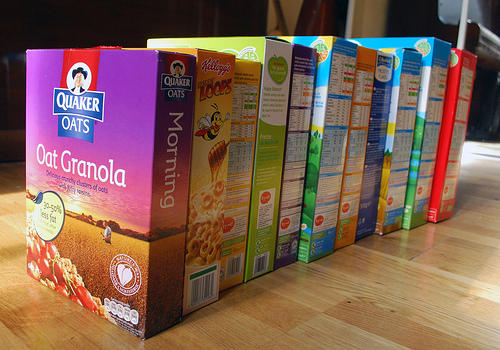
A Gerbil Family Nest Box:
Gerbils – being prey animals and burrowers – feel much more safe and able to relax if they are in or under something they feel is substantial and safe.
Many gerbils can be totally relaxed without one and many will sleep out in the open – but not everyone’s home or gerbils will be like this – so supplying a hidey hole gives all gerbils the option to snuggle away in a place of their own.
These nest can also be a great way for them to keep warm if they live in an area where night-time temperatures can drop below t-shirt standards. They don’t even need nesting material in there to keep up the warmth levels if it is compact and they snuggle together.
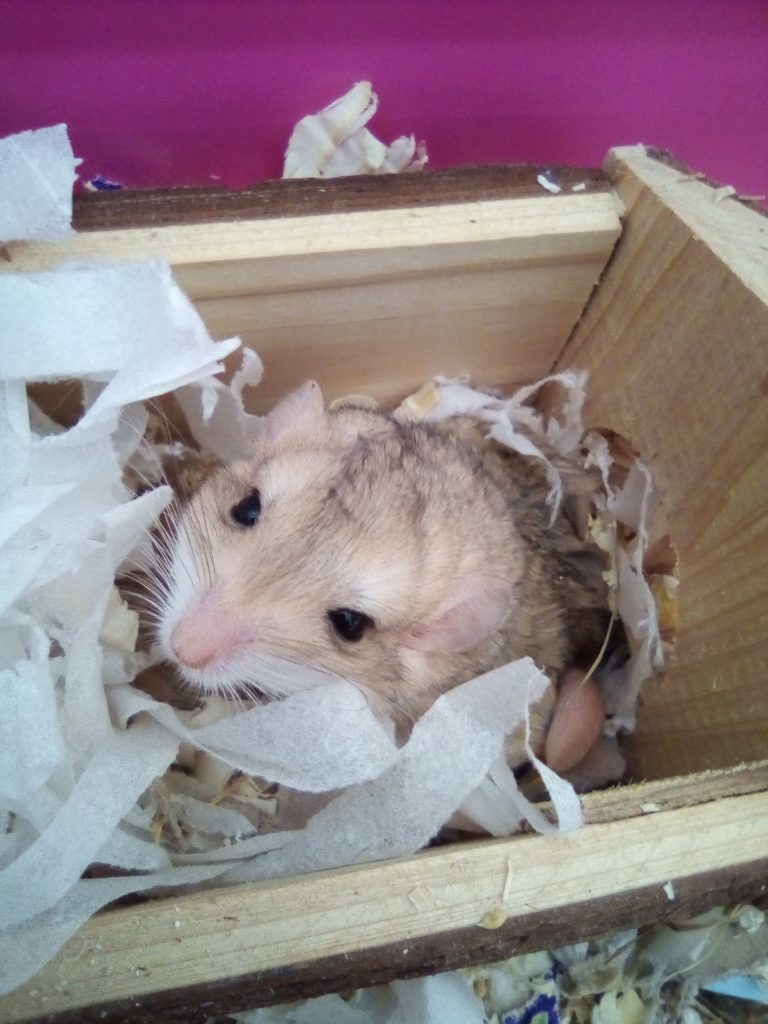
All nests will inevitably become chewed up with a new door in them at some new random spot – but solid wooden homes are the best overall. Many have nails in them so on every clean out – do check for such and either bend over or pull out if found.
Some wooden houses are just pegged together and/or have a detachable roof – and these are fine – but won’t last as long as a solid one – so the nails are often a compromise for durability. Those with solid flat roofs can also double-up as a platform to a great height or a place for a water bowl or food dish if needed, apex and curved roofs look nice – but obviously can’t be used for anything.
Plastic houses are usually very pretty and colourful and can be an option if you keep a very close eye on them and be prepared to throw them out with a very short life span. Maybe buy that cute strawberry one for the play run only?
Gerbils Love Wooden Toys And Things:
Gerbils need/want to chew all the time and so anything you can offer them that is wooden can really help keep them safe, healthy and entertained. Great value we say.
So bendy bridges (any size), tunnels (wide enough for a fat gerbil), weird blocks, buildings, platforms, ledges or anything can be great and more than welcome in the enclosure.
Not only can they build up layers and create a network of places your gerbils can tunnel in or renovate – they are also perfect for teeth wearing out. See the remains of a bendy bridge (below) we found in the bottom of a giant tank one day…
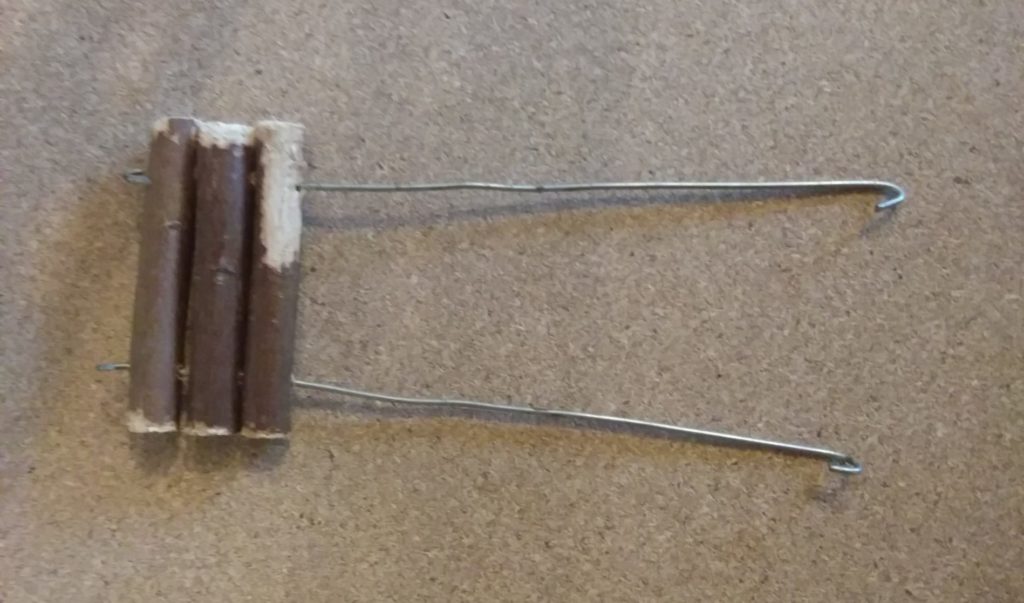
Most animal-safe toys available from stores are kiln-dried pine, but if you are making your own wooden things, just make sure they are actual whole wood (not a wooden composite), have come from a safe tree and are bug and mould free.
If you are using a wooden item from a non-pet source, you need to be sure for yourself that it hasn’t been treated or coloured with anything that isn’t safe for tiny mouths.
Not always easy to do – but anything that is listed a safe for newborns (under 3 years old humans) is usually much more strictly controlled for safety that something for home decor, for the garden or for wild birds (below – they look great but may have been treated with harmful chemicals to protect them outside). Just use your own judgement – or ask on here or another forum if you are worried.
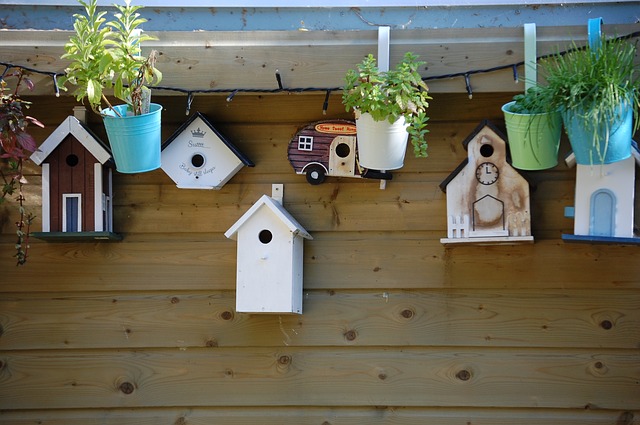
And as with all wooden things held together – you might not know what is underneath the wood when chewed – so make sure you always check on every clean out.
And – and additional thing with gerbils – watch out for gerbil head-sized hole appearing in any solid piece of wood. Yes, in the action of chewing a new window or door in that wooden toy or nest box, gerbil can get their heads stuck.
It is rare – but it has happened.
A Luxury Gerbil Sand Bath:
Like most rodents and birds, they don’t like to soak in a tub like us humans – infact most of them would rather not ever get wet. Ever.
Not only do most animals base their furs protection on layers of oil (not a friend of water) but once wet – most coats can’t easily get dry fast enough to keep the little creature warm enough, and getting wet and then having to sit in a draught can literally be the death of them!
So, we only wash our gerbils in natural substrates like sand, ash or clay.
Sounds counterproductive for sure – washing in dirt – but it is perfectly suited to balancing out the oils in our gerbils’ coats and bringing back that lovely sheen.
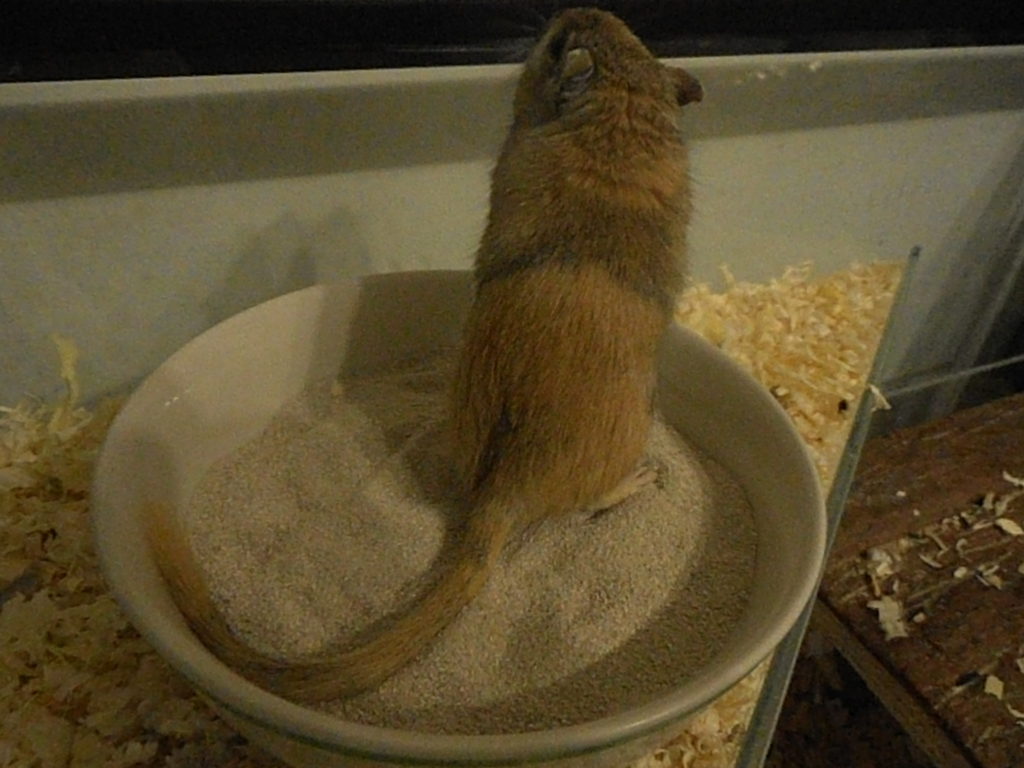
We usually use a shallow dish and put in a fresh sand bath with every tank clean and every other week or so as we feel like it based on their appearance and tank set up. They usually have a GREAT time in it for the first few hours – sometimes getting all frisky and start boxing with their tank mates – all happy. Next thing you know they have pooped all in it and/or covered it in substrate.
For this reason some people only offer sand baths at play time or outside of the tank, and other put in a lovely candy jar for them – keeping out most of their substrate where possible.
This sand can easily be sieved clean each time – we use a tea leaf sieve – and then replaced in their tank the same day or a few days later. You will start to notice (if you sieve) that the sand starts to get darker each time they use it – and this is the urine and oils from their coats soaking into it and so at some point it needs to be thrown out and new fresh batch used.
One rule though with sand baths is to never share a used one between different clans. Not even just once.
Not only will the scent of the other gerbils be in the sand itself – but gerbils usually scent mark all over the bowl or tub with their scent glands – something that will really upset another clan if they smell it – so emptying out the sand without thoroughly cleaning the container is a no no.
The only time you can do this is if you have a single gerbil and you put a used container in their enclosure. As although they still might not like to smell another gerbil and spend ages trying to prove their tank is their own – they can’t declan with anyone (as they are on their own). So no-one gets hurt.
A Large (28cm+) Exercise Wheel For Your Gerbils:
Exercise wheels are one of those things that can cause a gerbil keeper a problem. Most gerbils totally love them and run for hours in them – BUT you shouldn’t have a big wheel in a place in your enclosure that reduces the digging space – as this is what gerbils were made for.
SAFETY FIRST – gerbils have tiny feet and long tails – so there are some serious considerations to be had before you even buy a wheel in the first place – let alone worry where to put it.
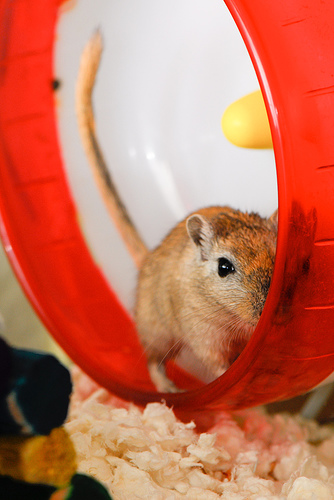
Gerbil wheels for adult gerbils should ideally be at least 8 inches in diameter (ideally more if you have space), have a solid running surface and only have stationary parts on one side – ideally concealed for safety. Look at the Silent Spinner wheels (image above) as a perfect example of what you are looking for.
NB – all of the best gerbil wheels are plastic – but as with the Silent Spinner mentioned above – they are solid and the gerbils don’t see them as an obstacle to get around so don’t usually chew them. However, if the wheel is compromised by deep bedding, a stiff turning speed or touching the sides of the enclosure, it become and obstacle for sure – and will most likely be chewed to pieces in no time at all.
Ways to best use a wheel (and prolong its life) then can include any of the following:
Hang the wheel from the ceiling (or side) – many wheels have hooks or metal legs that allow you to hang them upside-down and so they don’t compromise any digging space and can be set up with a platform underneath them to raise the relative gerbil floor and make use of usually wasted space. They still turn totally normally.
Add a topper to your tank – if you want to keep that digging area or your tank is quite small and can’t be divided easily – then you can create yourself a topper (permanent or just temporarily for play time) and then you can hang the wheel in this section. Perfect – and they are less likely to keep you awake at night with it if it is squeaky wheel as you can take the topper off whenever you are sleeping.
Divide your tank into thirds (or quarters) – if you have a long tank of any height, you can create some sort of semi-permanent divide at one end that can house the wheel. This way your gerbs can still have the massively deep substrate in most of their tank – but then they can jump over the divide and into a lover section where their lovely wheel is awaiting them.
All three options here allow you to have the optimum or slightly larger wheel diameter. If a wheel is too small it can affect their back if they use it too much. The smaller the wheel compared to the gerbils size can mean that they have to hold themselves sort of bent out backwards to allow the wheel to turn. Doing this for a long time over a long period could well affect their health and won’t be fun – and that is what you are supplying the wheel for in the first place, right?
We don’t think there have been any specific studies on gerbils for this – but clearly this isn’t the best option – so if you can’t fit an 8 inch or bigger wheel in your set up using one of the above methods, then reduce the amount of time your gerbils can use a wheel if they become obsessed by it.
Safe Fresh Food For Gerbils:
Gerbils really appreciate fresh food on top of their standard dry mixes – and it helps with essential nutrients – as well as creating some enrichment (depending on how you offer it).
Most dark green veg is perfect for gerbils – as well as most yellow and orange stuff too. You just need to remember the apple rule.
The apple rule is the size of the fruit you should give – so an apple to humans is about the size of our hand grasping it. Therefore a piece of apple the size of a gerbils hand is perfect for a gerbil. You can offer more of course, but you are increasing the chances of upsetting their tummy if they are that way inclined.
You are also increasing the chance of the whole thing not being eaten and so it going mouldy or making the bedding damp if they drop it in the bedding.
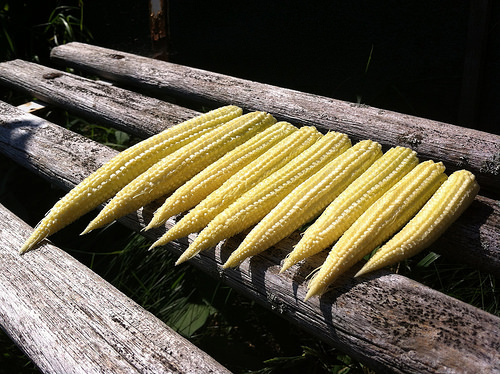
Indirectly, you are also limiting the amount of other food they will eat in that 24 hour period.
Sounds a bit odd at first – but this is the main reason why parents always complain when other people give their kids loads of sweets. Not only can it upset their tummies too – but it fills them up so they don’t want to eat any proper food – you know – the stuff with all the good nutrients in it.
Same with gerbils – they only have one stomach and it can only fit in so much food – so if you fill it up with sweetcorn, they won’t want to eat all that lovely nutritious kibble they need to eat for all their everyday nutrients. Anyway – that’s all to serious (but true).
Fresh fruit and veg are great to give your little ones and they can still be fussy with it – so do try them on all sorts of things as it can be really fun to watch them feasting on some kale, or hiding in the corner with some broccoli so their tank mates can’t see them…
Just incase you were going to ask: kale, spinach, broccoli, carrots, cauliflower, cabbage, chard, fresh sweetcorn, baby sweetcorn, pepper, pumpkin, squash, peas, green beans, mange tout, sprouts; then apple, banana, grape/raisin, pear, strawberries, raspberries, blackcurrants, cranberries, gogi berries and kiwi are all safe.
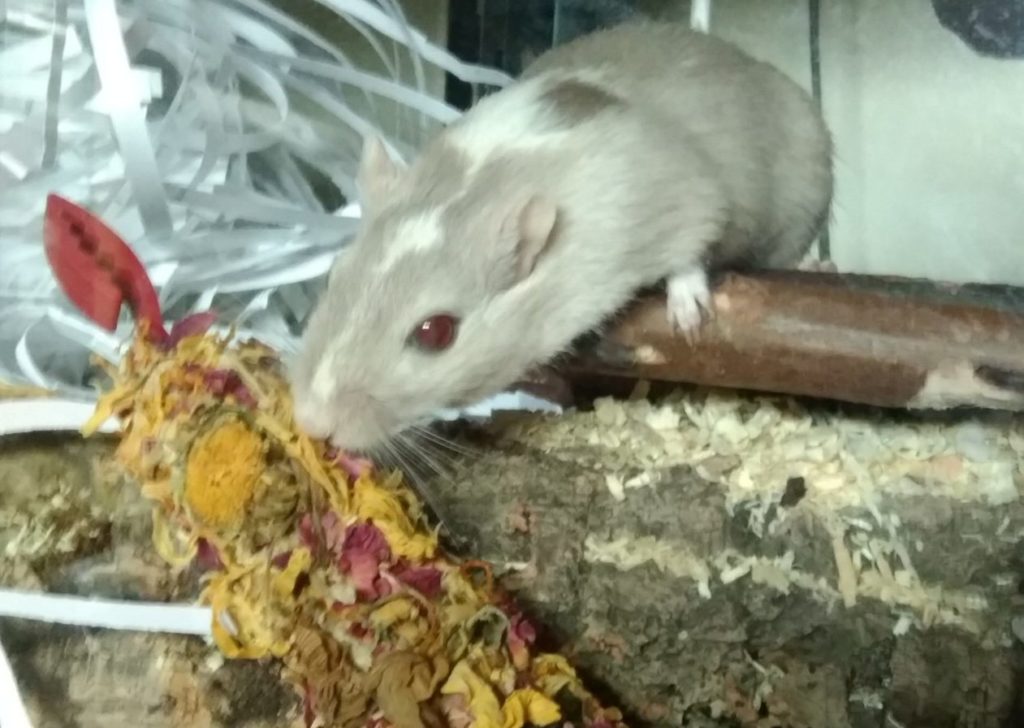
Section C – The Dalliances: Without anything in this section your purse will be full of change, your shopping trips will be quicker and with less dithering about making choices.
Your tanks may be slightly less colourful or noisy without these – but why have pets if you aren’t going to indulge them? – Go to Section C to find out more…